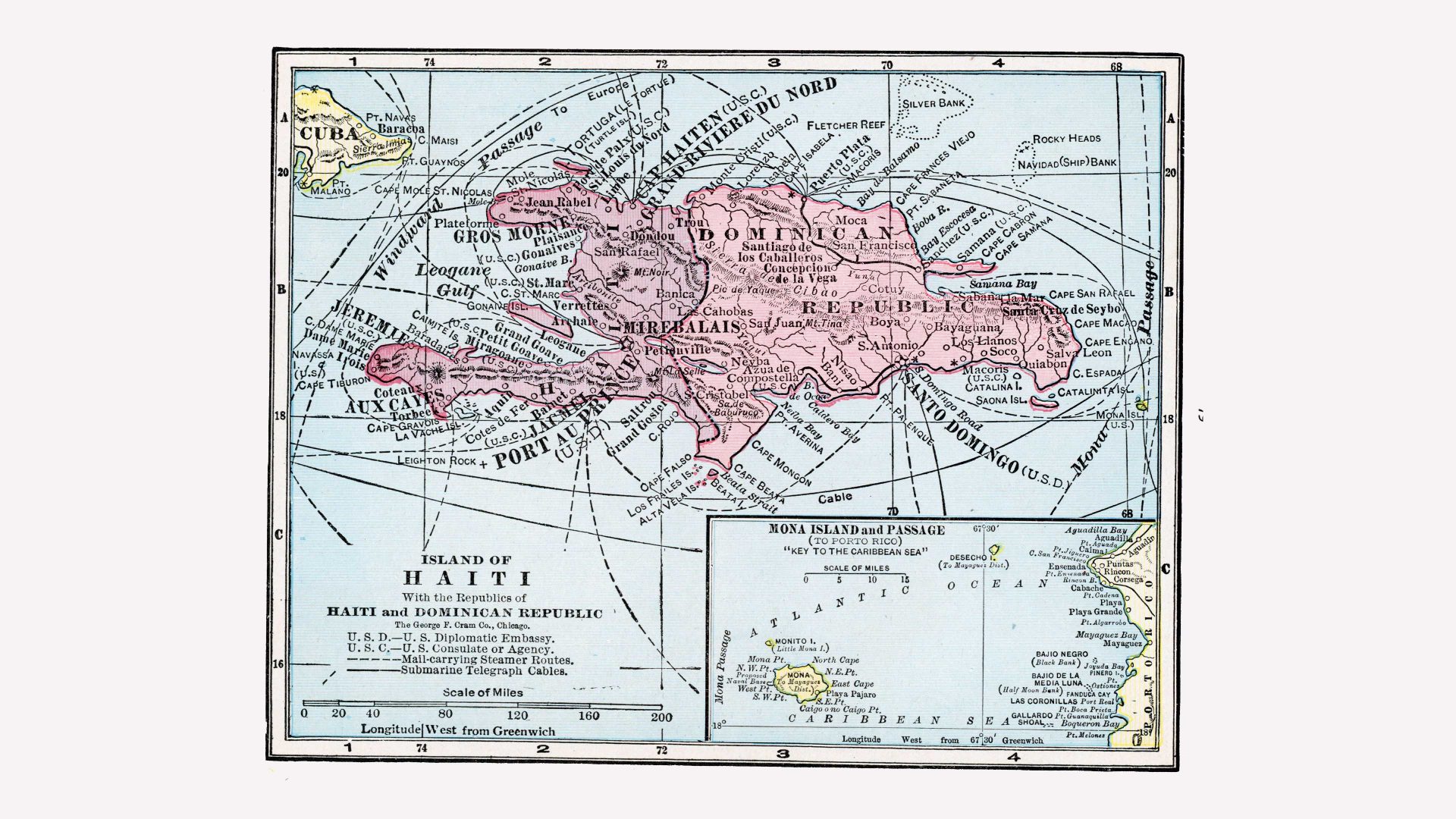Frankly, it’s hard to know who should feel more ashamed about the Zulu Hole: me – or him. As the great-great-grandson of the man who was the proximate cause of the hole being bored, I suppose I bear, if not some responsibility (I was in as much ignorance about it as you until only days ago), a requirement to account for this curious phenomenon.
Not that I felt that way initially; indeed, besides making a note of the oddity – a hole, augured into the facade of an old cottage in the village of Henfield, in West Sussex, beneath which is a sign bearing this ascription – we passed on without comment; although, this edifice was one of the things we’d come to see. Pevsner takes up the story: “backing on to Church Street, the timber-framed and thatched C16 Cat House, with those creatures placed under the eaves as metal cut-outs in the late C19 to commemorate, according to local tradition, the murder of the owner’s canary by a cat belonging to his neighbour, Nathaniel Woodard.”
Murder seems a little prejudicial to me as a description of a wild animal’s instinctive behaviour – but then, being one of Woodard’s descendants, I’d be bound to cavil. I suppose for the writers of the architectural guide, quite as much as local tradition, it’s the juxtaposition between my great-great-grandfather’s public piety, and the sinfulness of his pet that grabs the imagination. His former home is around the corner: Martyn Lodge; a big stuccoed early 18th-century pile, within which the famous educationalist – who was an ordained Anglican priest – spent the last three decades of his life. At the very end of which he was hiding in plain view, behaviour many both then and now would be rather more censorious about than a pernicious, um, pussy.
But once again: I’m getting ahead of myself. The matter of the Zulu Hole was cleared up fairly quickly with a web search, but I only found about this further ancestral peccadillo the following day, when we’d walked down the valley of the Adur to Lancing College, one of the schools Woodard founded, and met with Jeremy Tomlinson, the steward of the immense neo-gothic chapel he caused to be built.
Woodard, who was my namesake (I’m William Woodard Self), was part of the so-called Settlement Movement in early 19th-century England: well-to-do and devout young men, who carried their Christian mission to the benighted regions of the nation’s industrial cities. He had livings first in the East End of London, then at Shoreham on the nearby coast; but in both parishes tangled with the diocesan authorities over doctrinal issues that, while no doubt appearing recondite to us now, were the very cracks in the edifice of the Church, which, in subsequent years, were to widen into the chasm that did, in time, engulf the Anglican communion.
Woodard, while adjacent to those churchmen who ended up either absconding to Rome, or disappearing in clouds of incense, was never exactly high. Rather, he was high-adjacent, while becoming obsessed with what he saw as the moral derelictions of the middle classes, who he felt were being neglected in the rush to educate the upper and lower ones.
The result, eventually, was that he founded a whole series of public schools, modelled on the likes of Eton and Harrow, but aimed at both educating the children of professional and mercantile families – as well as impecunious gentry – and inculcating them with the necessary piss, vinegar, and piety to be good Christian soldiers, sailors, and colonial administrators et al. The owner of the Cat House might have benefited from this regime – Henfield’s own web page informed us he was a veteran of the Zulu wars.
Hence the hole named after them – although it’s unclear how it figured in Woodard’s punishment. He would walk past the Cat House on his way to preach at the local church – and the bereaved imperialist cat-lover would either blow a bugle through the hole or possibly manipulate some sort of effigy of the titular Zulu in the small window above it, either way bringing a biopsy of the heart of darkness into rural England.
Woodard would also often make the journey we did from Henfield to Lancing College – although in his day there was a direct train, rather than a very level direct bridleway. This striking assemblage of buildings – viewed by no lesser an authority than the late Iain Nairn, as perhaps the best neo-gothic group in England – forms part of a sort of sacred English landscape, together with the sinuous forms of the South Downs, rising and falling towards Beachy Head, like the curves of recumbent green odalisques.
Multicultural Man doesn’t really do cliffhangers, but nevertheless I’m going to leave you this week with the mystery of what my great-great-grandfather was up to in his dotage that was worse than keeping a killer cat. Watch this hole – or possibly this hagioscope.



